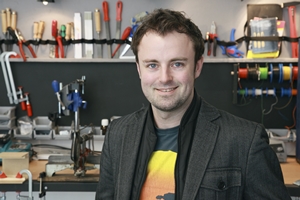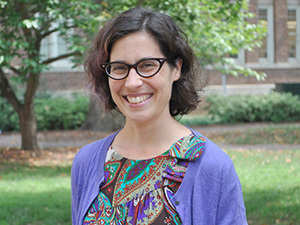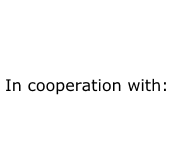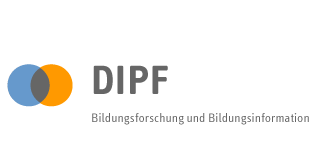Keynotes
 |
Fabian HemmertVideo |
Information Spaces – Building Bridges between the Digital and the Physical World
Abstract: As humans, we are used to being, living and thinking in the three-dimensional, physical space that is called the "world". It is our natural habitat.
Recently, we have become active in another world: the "digital world", as it is often called. Unfortunately, most of our interactions with the digital world are isolated from the world that is our natural habitat. These interactions happen on screens of various sizes, either hand-held or fixed in front of our eyes (in bulky helmets or "smart" glasses). Sadly, technology is getting more and more between us.
In his keynote, Prof. Dr.-Ing. Fabian Hemmert will show us some alternatives: his prototypes explore ways of making digital information tangible, placing it in our hands and in our world. He will show us shape-changing devices and interactive rooms that interweave information and physical space. His talk will be a guided tour through a possible future of human-computer interaction, in which digital information can be retrieved intuitively, in computationally-enriched interactions with the natural world.
Bio: Fabian Hemmert is a design researcher. He holds a doctorate in engineering (Dr.-Ing.) from the Berlin University of the Arts. Fabian Hemmert worked as a researcher at the the Design Research Lab at the Berlin University of the Arts and is now a professor for Interface and User Experience Design at the University of Wuppertal. His research focuses on new ways of interacting with technology.
He is considered one of the world's leading innovators in mobile telecommunication, having presented his work at multiple visionary events, including TED, the Chaos Communication Congress, and SXSW.
Further information: http://www.fabianhemmert.com
 |
Melanie FeinbergVideo |
Translating Texture: Data Between Information Spaces
Abstract: In information studies, we tend to think that data retains the same meaning as it moves from one information space to another. When a system changes its interface, or when data moves from one system to another, the data itself doesn’t change. A library catalog record doesn’t change when the catalog interface changes, for example. Or does it?
In this keynote, I discuss how information spaces contribute to information meaning. I describe a project to translate some purposefully weird, experimental information collections from one kind of database implementation (a relational-style database) to another kind of database implementation (a graph-style database). I focus this translation project on the conceptual lens of texture: the relationship between elements in a composition. Describing the texture of a musical piece, for example, is a way of talking about how melody, harmony, and rhythm combine to produce a particular quality of sound. Here, I use texture to talk about how data and space combine to produce a particular quality of meaning. I ask: how can texture be maintained when data is moved from one information space to another?
Bio: Melanie Feinberg is an associate professor at the School of Information and Library Science (SILS) at the University of North Carolina at Chapel Hill. Feinberg is a classificationist: she studies and designs systems for describing and ordering information. Feinberg’s research examines the information collection—sets of documents or data selected, described, and arranged in a systematic fashion—as a form of human artifact. Feinberg received her PhD from the Information School at the University of Washington and a master’s degree from the Information School at the University of California, Berkeley.
Further information: https://ils.unc.edu/~mfeinber/
ISI2017 is organized by: Berlin School of Library and Information Science,
Humboldt-Universität zu Berlin
Last modified: December 21st, 2016






